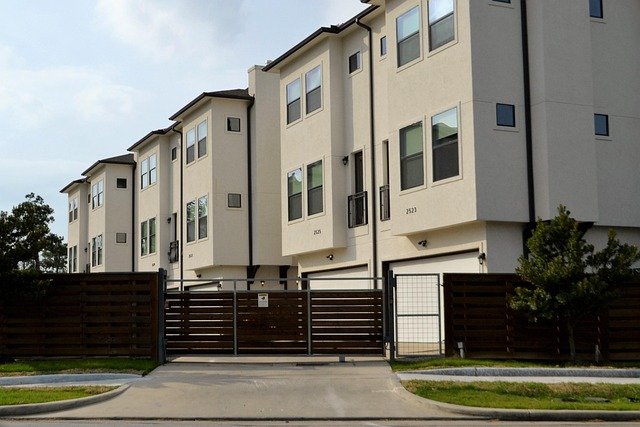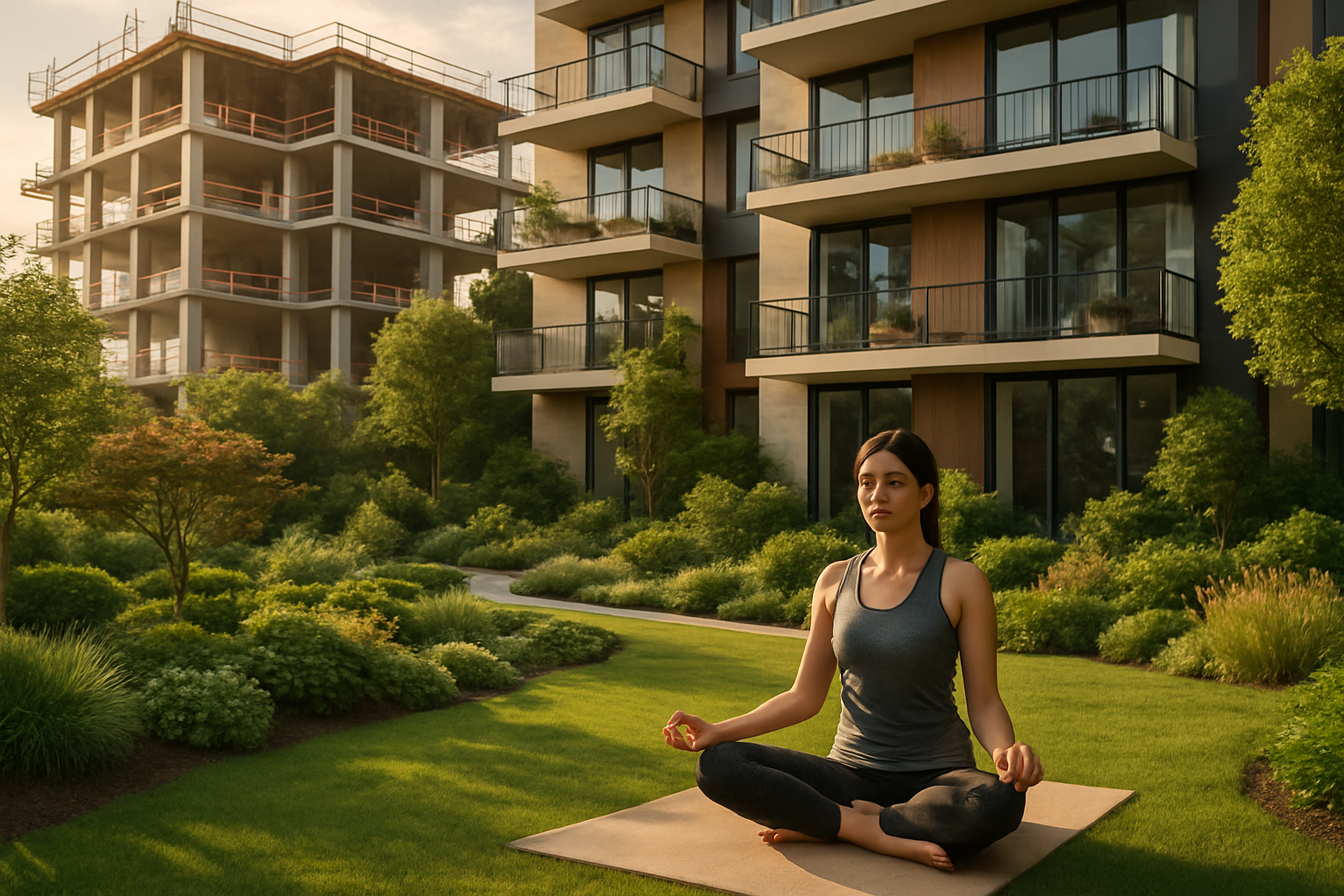The Transformative Potential of Mixed-Use Developments in the Urban Landscape
Introduction: The real estate market is a dynamic entity, constantly evolving to meet the changing demands of society. One emerging trend that is reshaping urban landscapes across the globe is the rise of mixed-use developments. These innovative projects combine residential, commercial, and even industrial spaces in a single development, offering a multitude of benefits for investors, residents, and the wider community.

The Emergence of Mixed-Use Developments
Mixed-use developments are not a new concept, but their popularity has surged in recent years due to changing urban lifestyles. Historically, cities were naturally mixed-use, with people living close to their work and local amenities. However, the 20th-century trend towards zoning led to a separation of residential and commercial areas. Today, the pendulum is swinging back towards integrated living, driven by factors such as urbanization, population growth, and a desire for more convenient, sustainable lifestyles.
Current Market Trends in Mixed-Use Developments
Mixed-use developments are gaining traction in cities worldwide due to their ability to maximize land use, create vibrant communities, and generate steady returns for investors. Developers are increasingly incorporating mixed-use components into their projects, recognizing their potential to attract a diverse range of tenants and buyers. From a financial perspective, these developments often yield higher revenue per square foot than traditional single-use properties.
The Benefits and Challenges of Mixed-Use Developments
The benefits of mixed-use developments are manifold. For residents, they offer convenience, reducing travel time for work, shopping, and leisure activities. They also promote a sense of community and can enhance the quality of life. For cities, they encourage economic diversity, reduce traffic congestion, and can contribute to urban regeneration.
However, these developments are not without challenges. They require careful planning and management to balance the needs of different users. Financing can also be complex due to the diverse nature of the developments.
The Potential Impact of Mixed-Use Developments
The rise of mixed-use developments could have profound implications for the real estate market. By creating more vibrant, sustainable communities, they could reshape urban living and potentially boost property values. For investors, they offer a diversified income stream and the potential for strong returns.
However, the success of these developments will depend on careful planning, design, and management. They are not a one-size-fits-all solution, and their implementation must be tailored to the local context.
The Future of Mixed-Use Developments
With urban populations set to continue growing, the demand for mixed-use developments is likely to rise. These developments offer a compelling solution to many of the challenges facing modern cities, from housing shortages to traffic congestion. As such, they represent an exciting opportunity for investors, developers, and city planners alike.
While the future of mixed-use developments is promising, it will require continued innovation and adaptation to changing market conditions. As the real estate market evolves, so too will the strategies for successful mixed-use development.
In conclusion, mixed-use developments represent a transformative potential in the real estate sector. By understanding their benefits, challenges, and implications, investors and developers can position themselves to take full advantage of this emerging trend.




